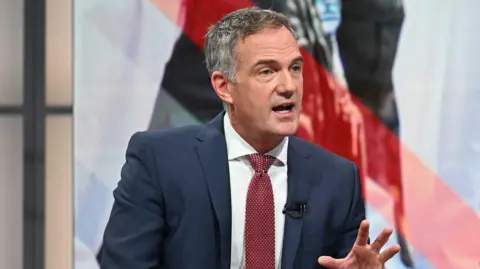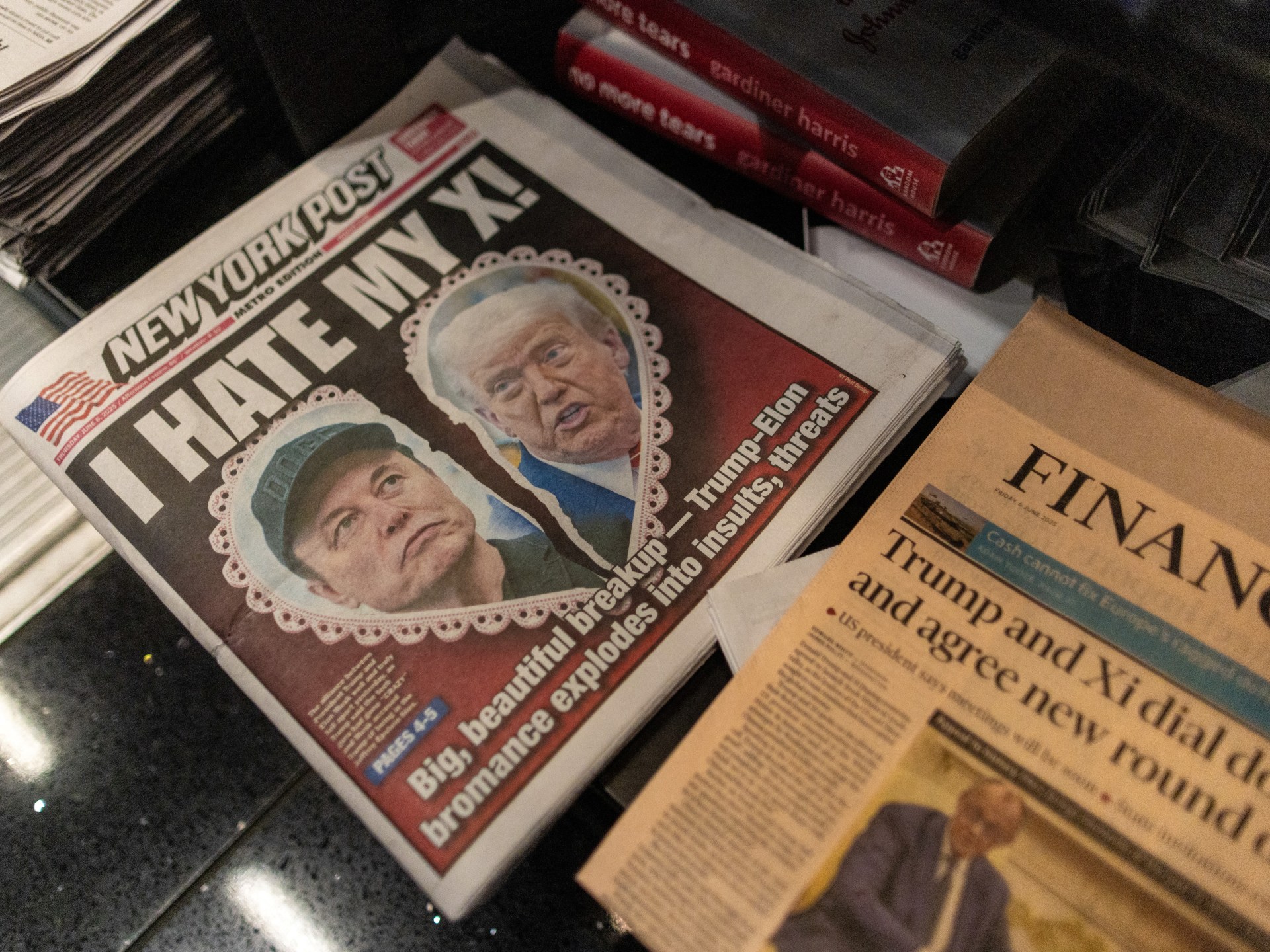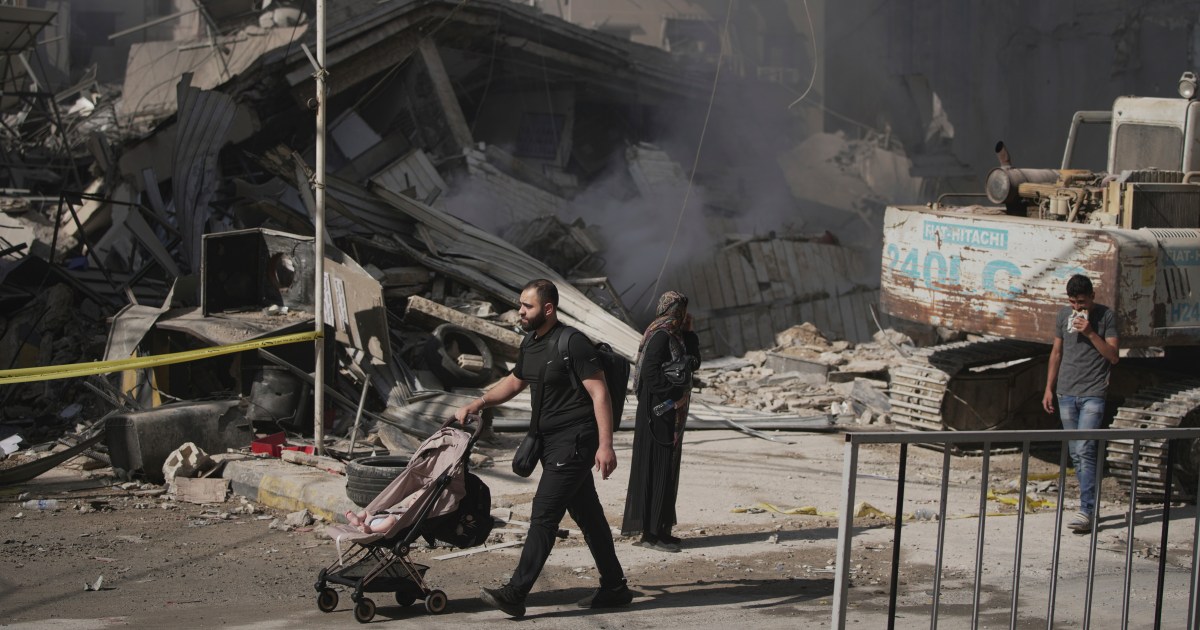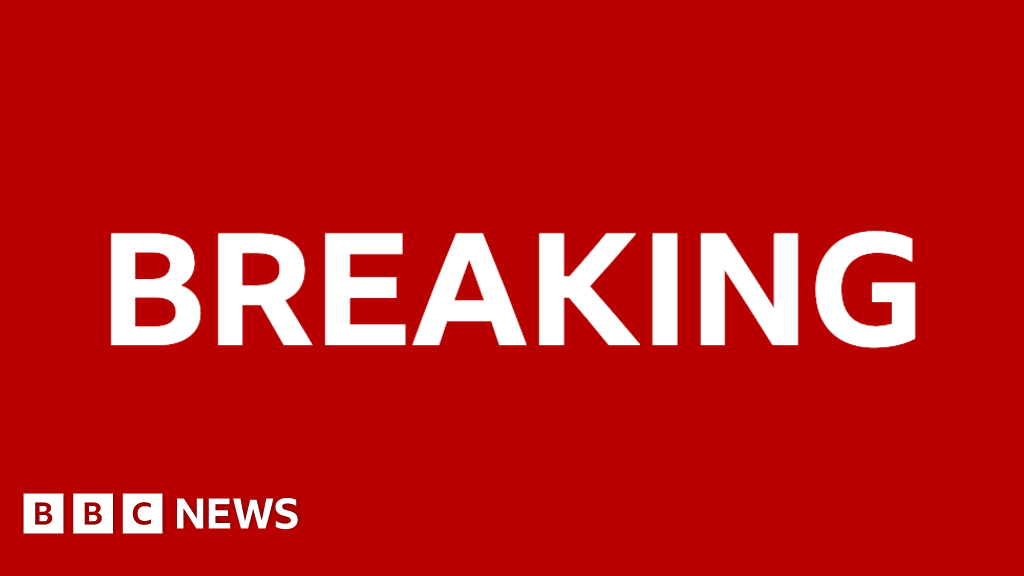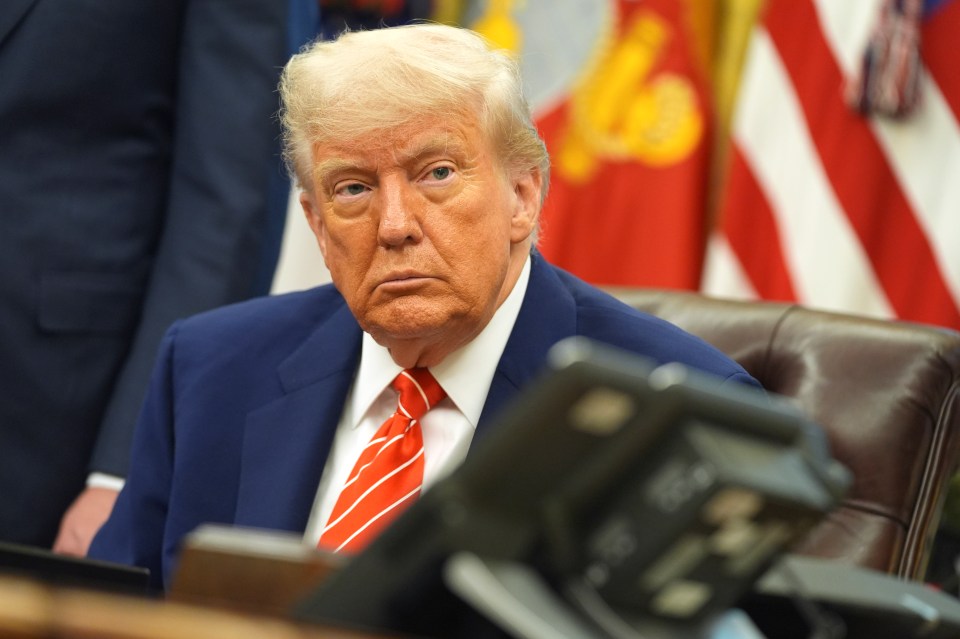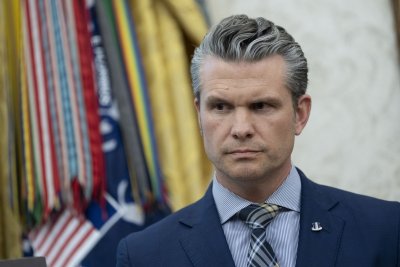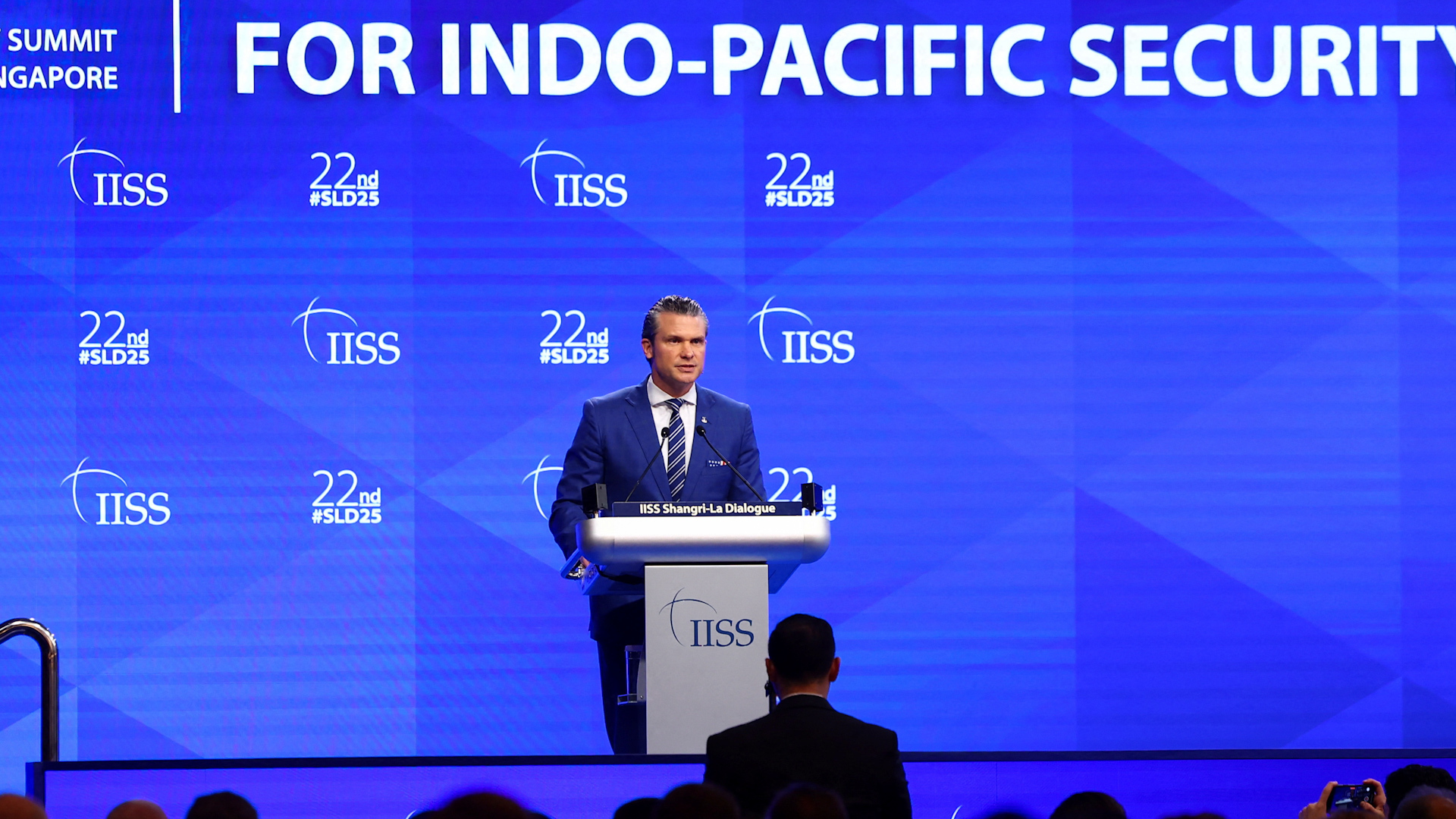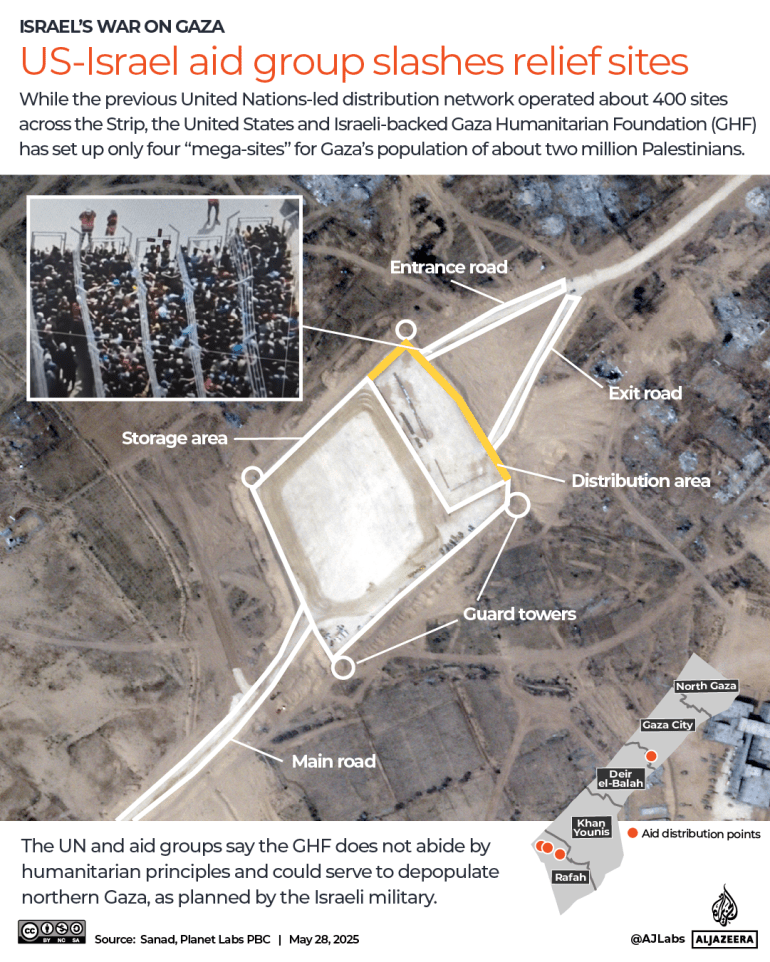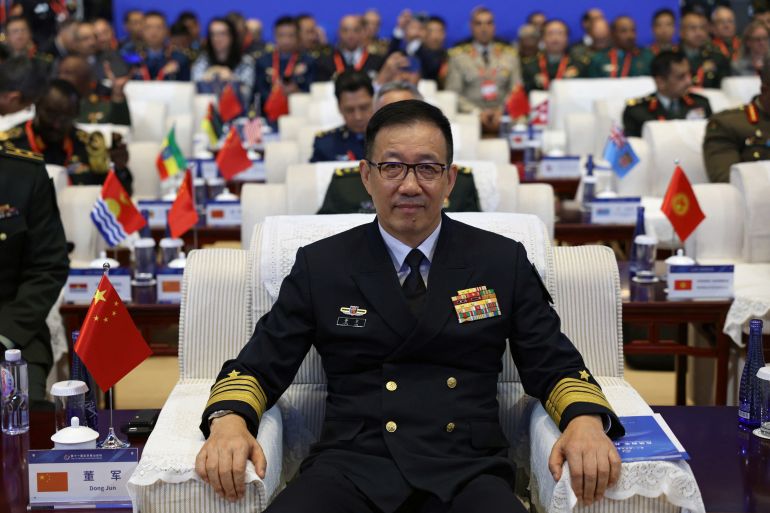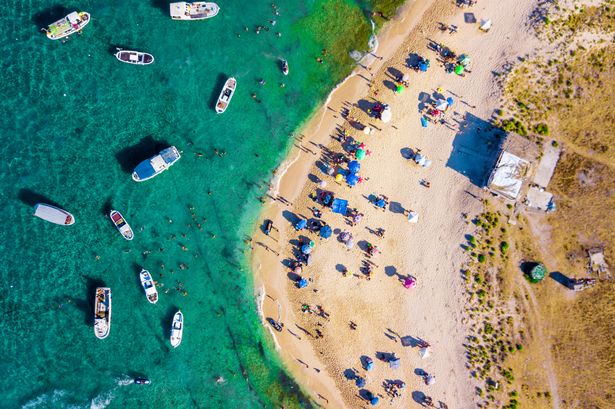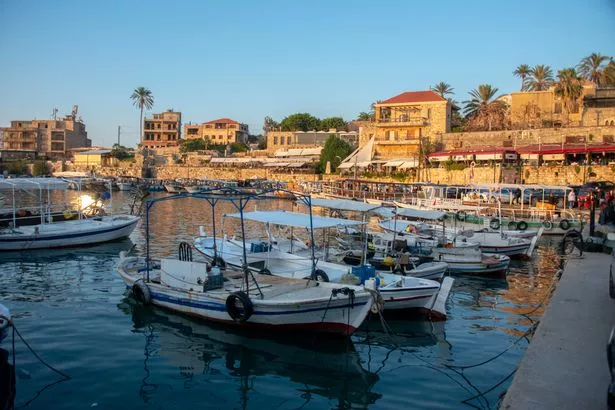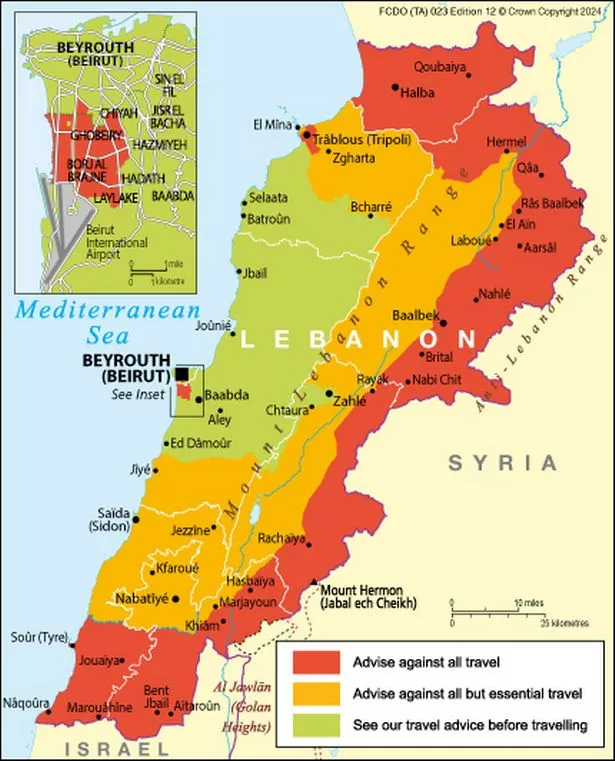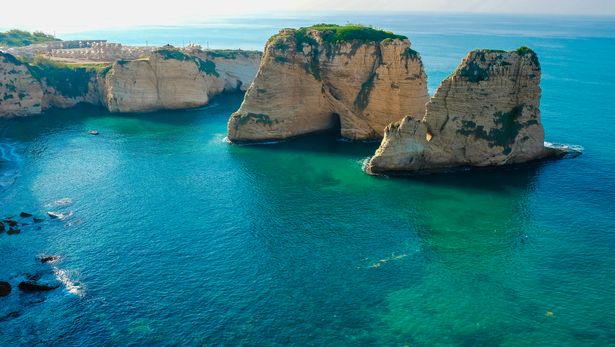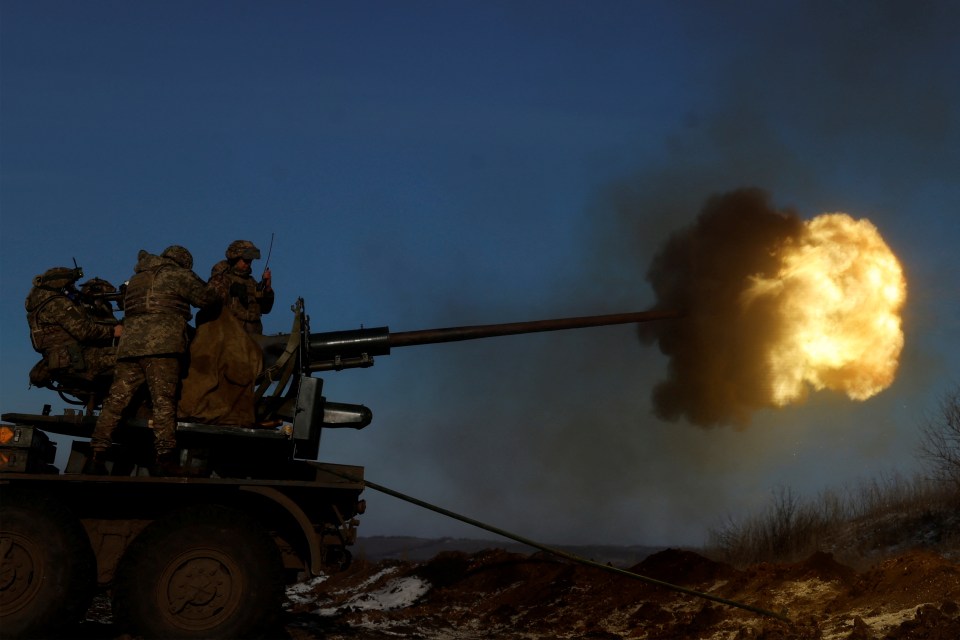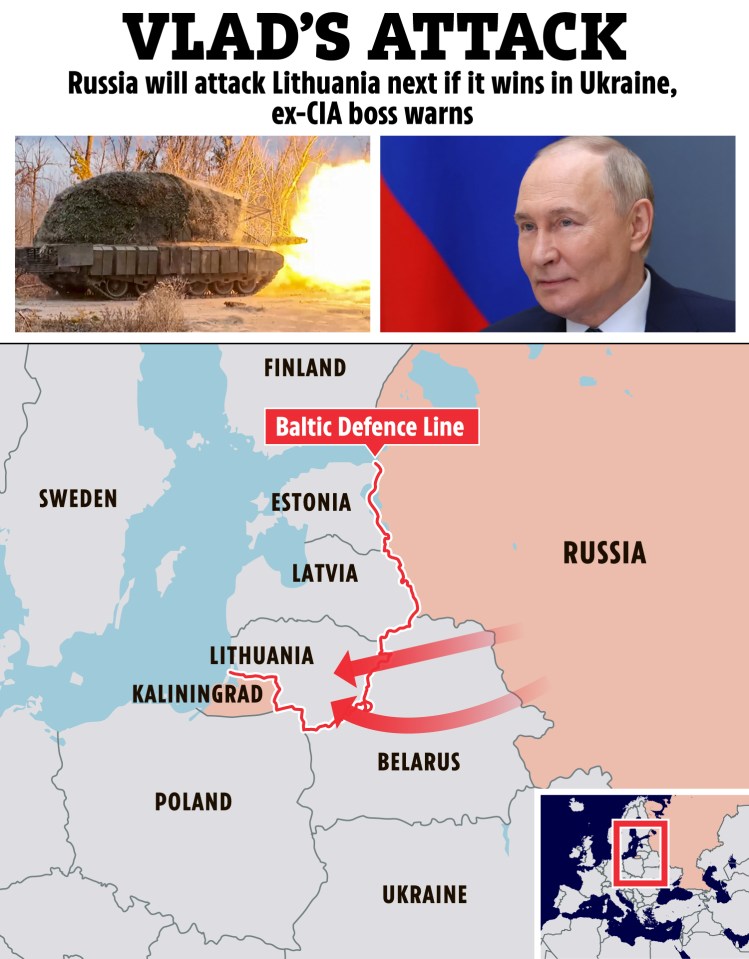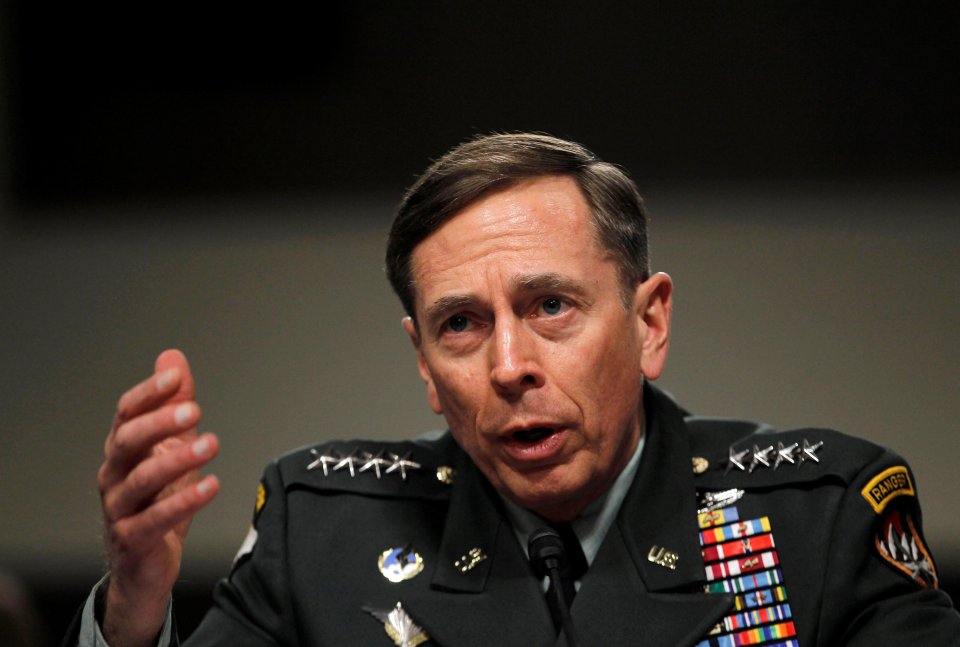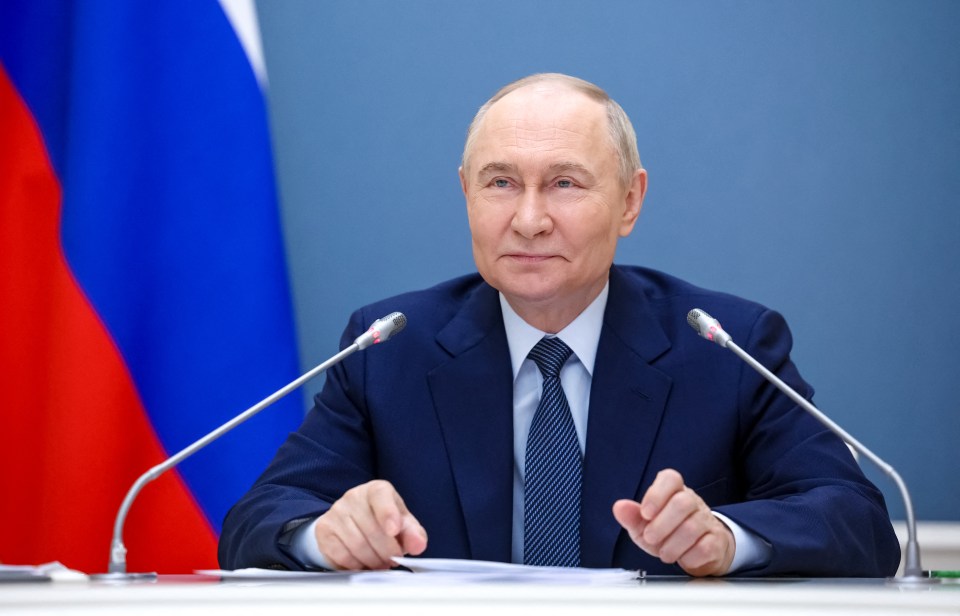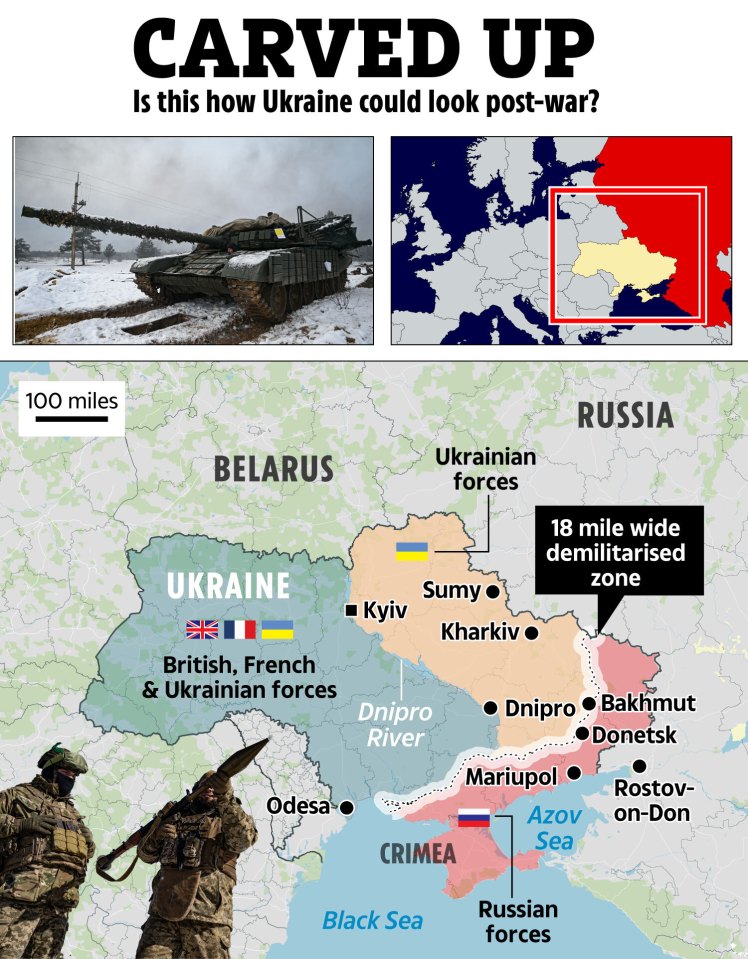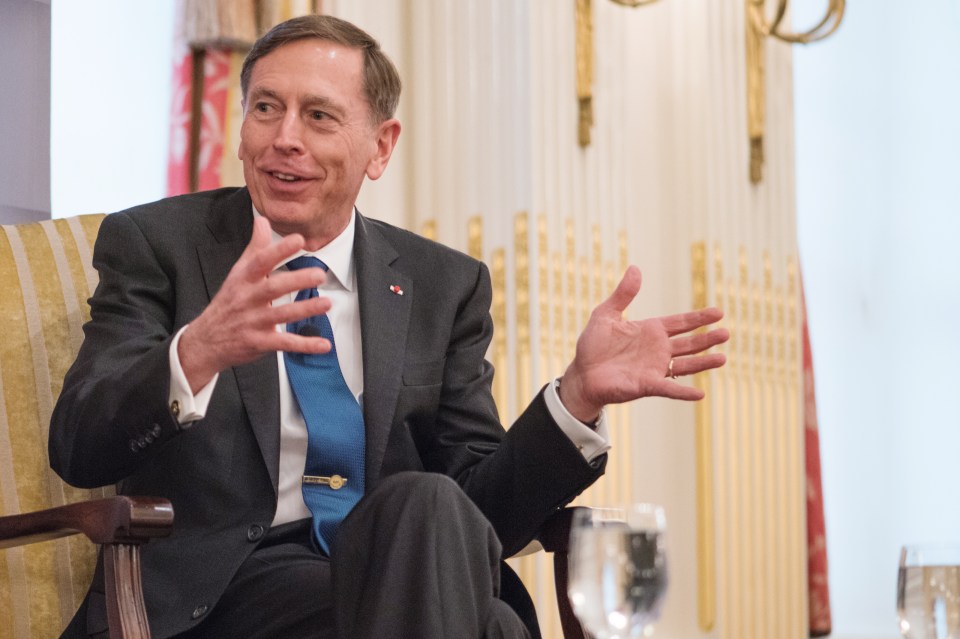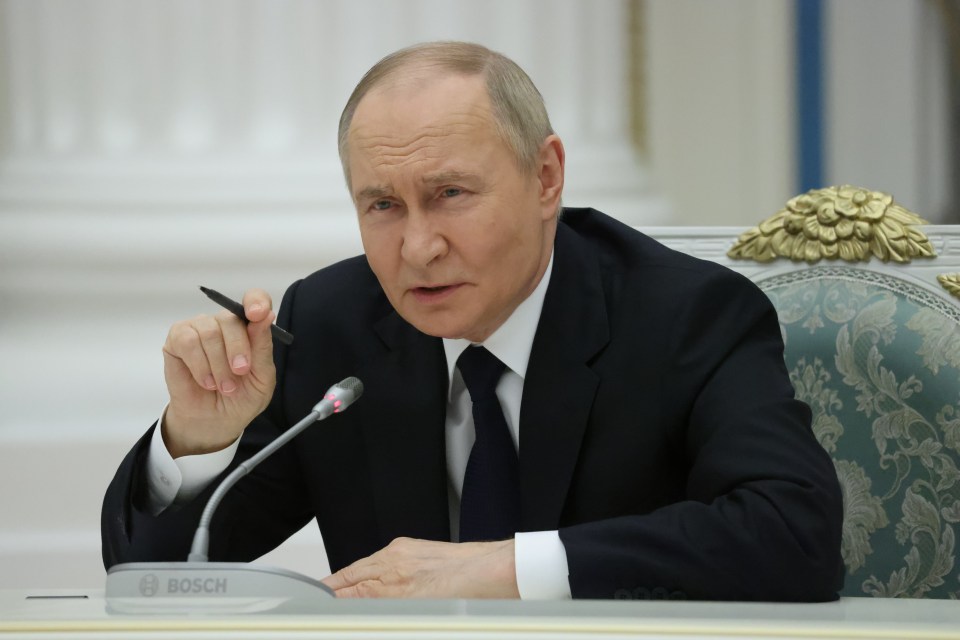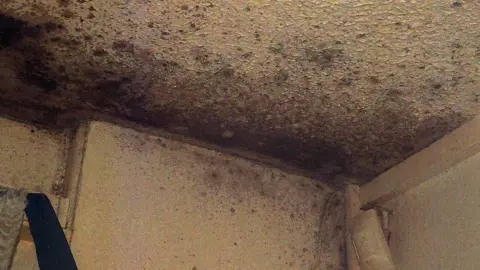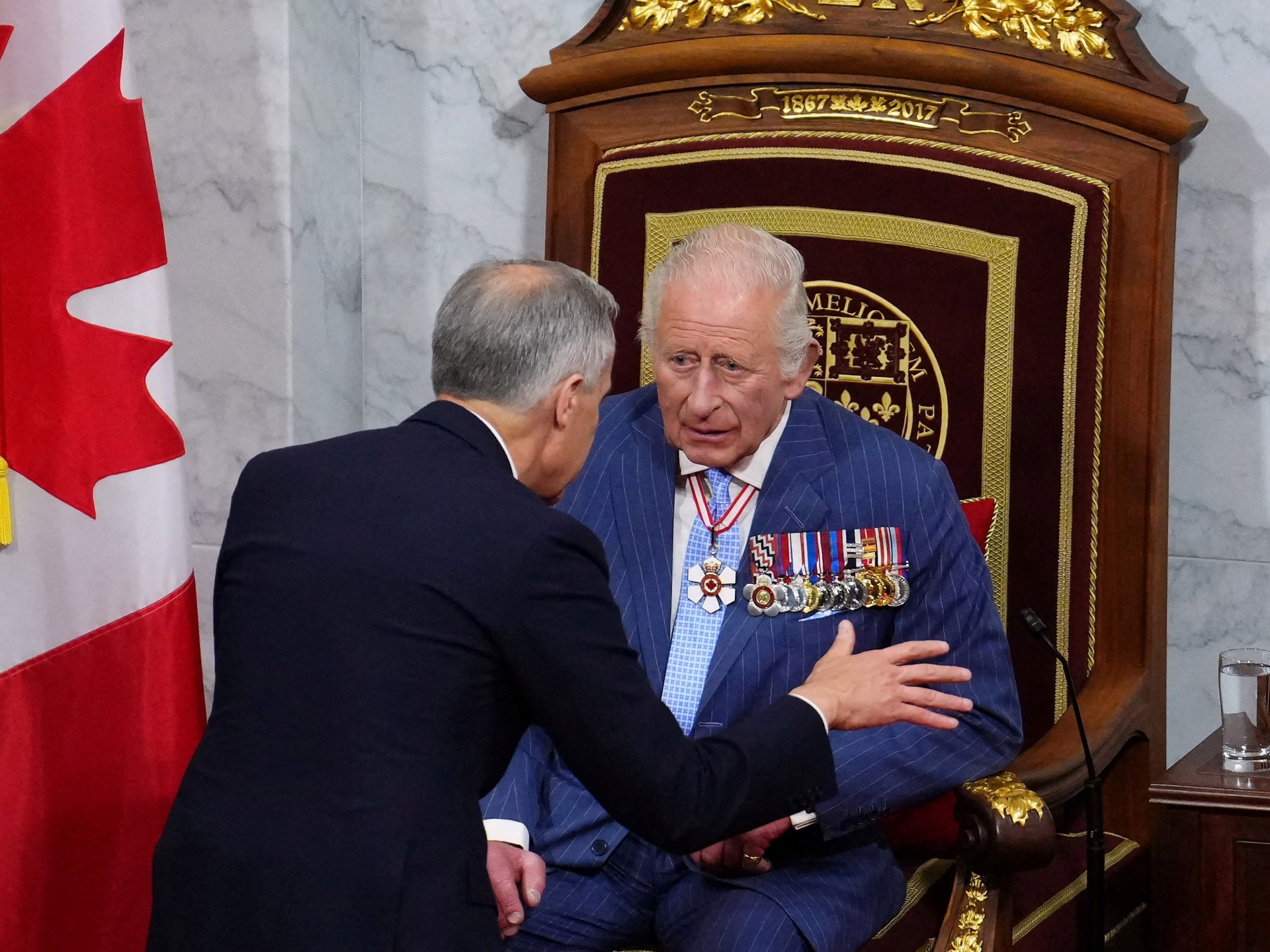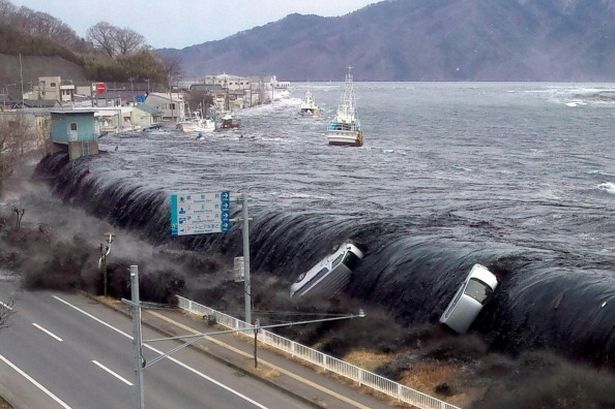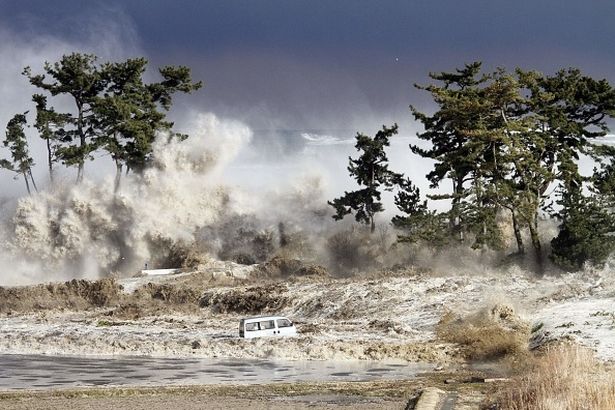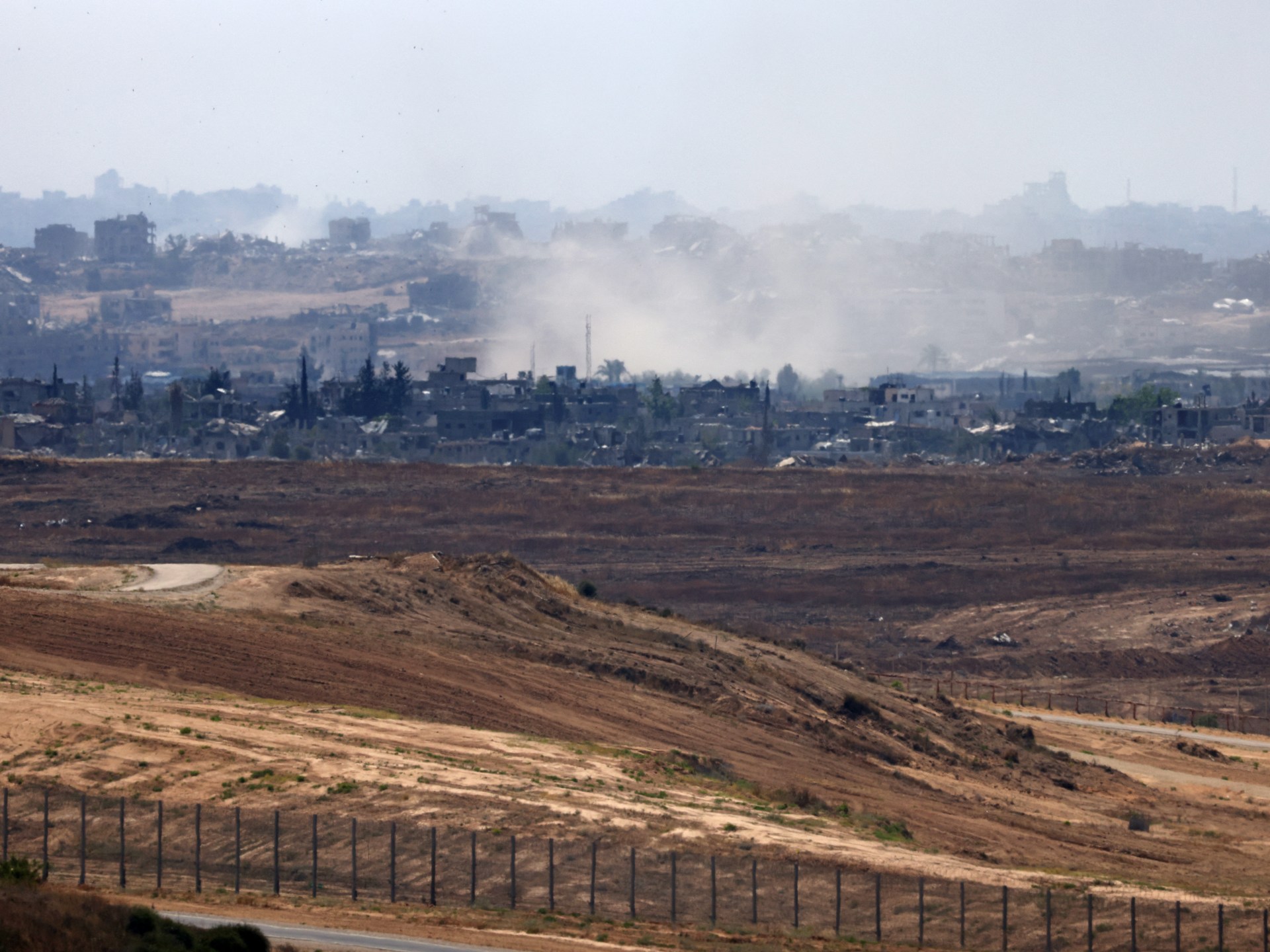The Canary Island of Fuerteventura will start charging British holidaymakers a tourist tax if they want to visit its most beautiful locations, officials on the Spanish holiday hotspot have announced
British holidaymakers heading to the Canary Island of Fuerteventura will soon have to fork out a tourist tax if they fancy visiting its most stunning spots.
The island’s government has confirmed it will introduce the charge for the wild beach of Cofete, the awe-inspiring sand dunes of Correlejo and the vast sea caves of Ajuy.
The move will follow the example of Tenerife, which has already started charging visitors to the mountain-top village of Masca and intends to do the same with Mount Teide.
Jessica de León, Minister of Tourism and Employment of the Government of the Canary Islands, has insisted that Fuerteventura “must now be incorporated into the regional debate on the ecotax in protected natural spaces.”
Fuerteventura’s president, Lola Garcia, said the collection of a tourist tax was necessary to raise money for the maintenance of the natural spaces visited by hundreds of thousands of holidaymakers each year.
READ MORE: ‘I’m a Brit living in Benidorm and tourists should avoid these three areas’
In this same framework, the city council of La Oliva is looking at implementing a tourist tax of its own. La Oliva is in the north of the island and is again a hotspot for tourists due to its wealth of history. Ms Garcia has argued that a tourist tax in these specific locations was justified, given the significant impacts of mass tourism.
She added: “The landscape and natural spaces must be protected, in addition to the fact that public institutions must listen to the citizens who, recently, expressed it in the street” through protests across the Canary Islands.
“Now is the time to take measures and decisively, and one of them is the tourist tax.”
The island’s president announced that the tax may be introduced for the beaches of Cofete, within the Jandía Natural Park, the Corralejo Dunes, the Ajuy Caves and the Betancuria Rural Park. A deadline on when they might be introduced has not been set.
Area councillor, David Fajardo, has proposed a minimal fee for visitors to La Oliva. “It would not involve a significant cost for the visitor, but it would allow reinforcing services such as cleaning, environmental conservation or maintenance of public spaces,” he explained. “It is not a collection measure but a tool that aims that each tourist who stays overnight in La Oliva contributes to the improvement and maintenance of our territory.”
READ MORE: Major UK airport unveils upgrade set to transform queue times for BritsREAD MORE: ‘Chaos’ at another Spanish island airport as bins overflow and major queues form
The Canary Islands have arguably been most impacted by the negative effects of too many tourists of anywhere in Spain. In the first quarter of 2025, 4.36 million international visitors made their way to the islands. As a result, angry locals have hit the streets brandishing banners.
Officials in Tenerife are taking action to dampen the impact of overtourism. One such action is a new online booking system for some of the trails in Teide National Park, a UNESCO World Heritage site home to Spain’s highest peak. As of this summer, tourists visiting the peak will be charged an ‘eco-tax,’ and security cameras are reportedly being installed to control the park’s visitor numbers.


